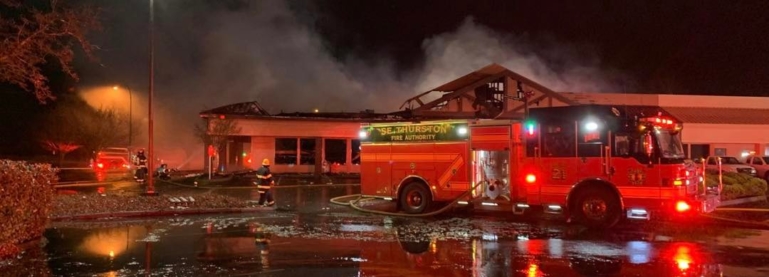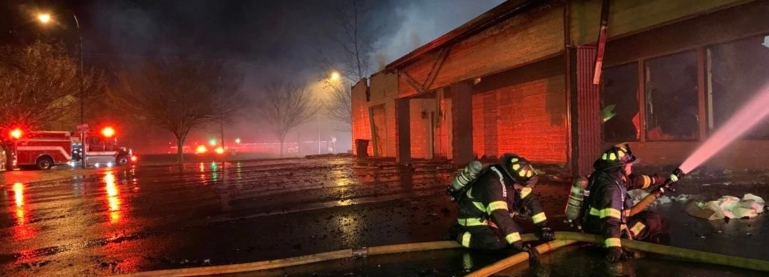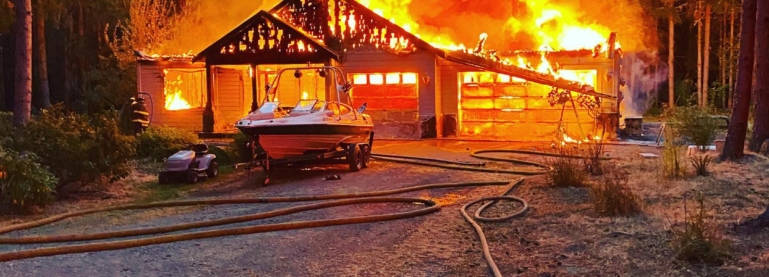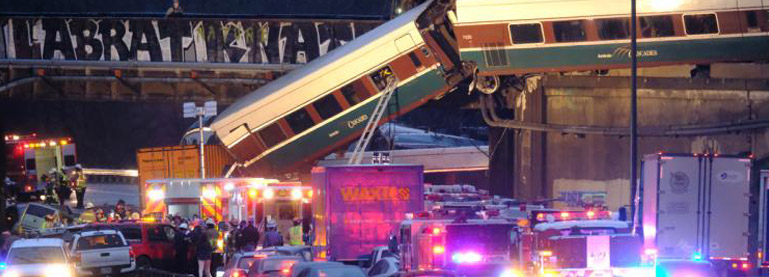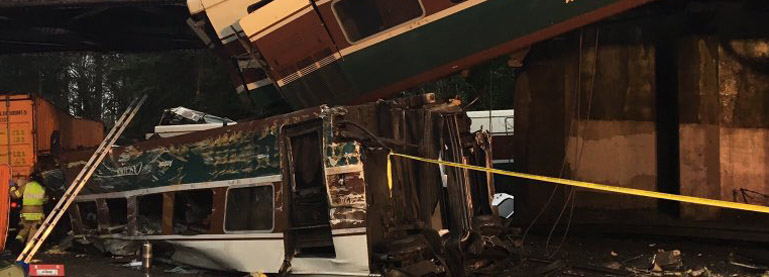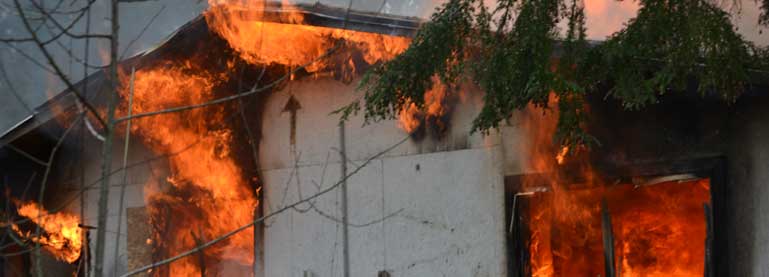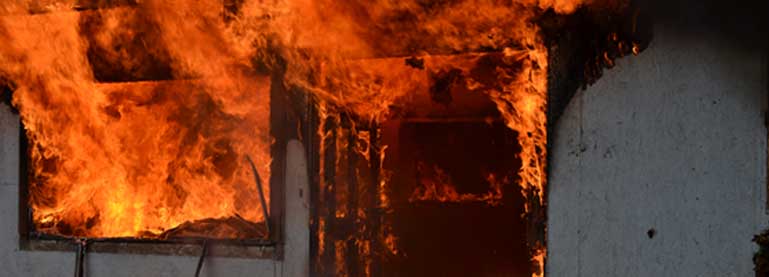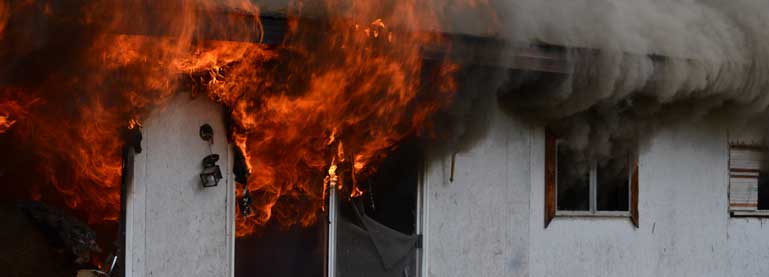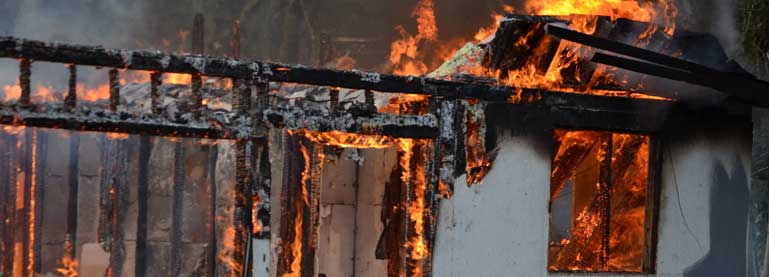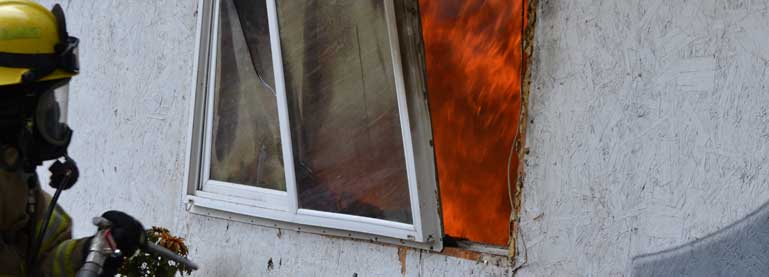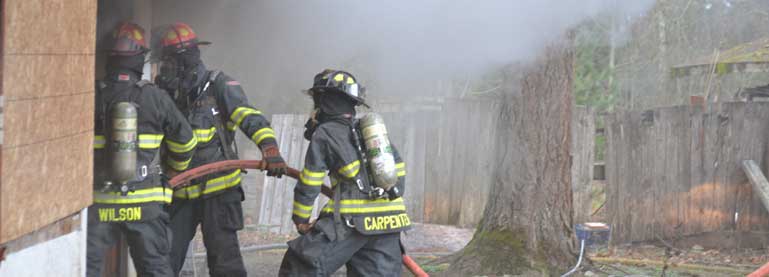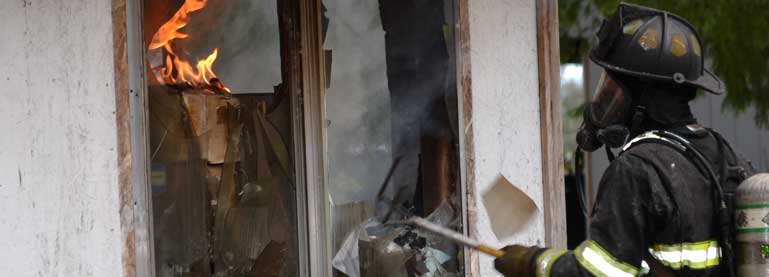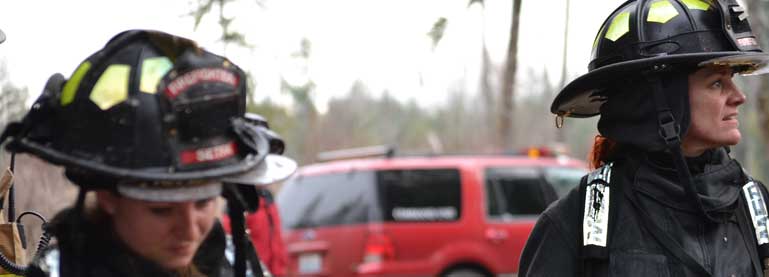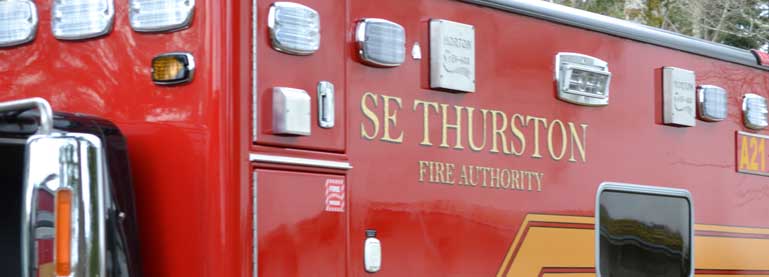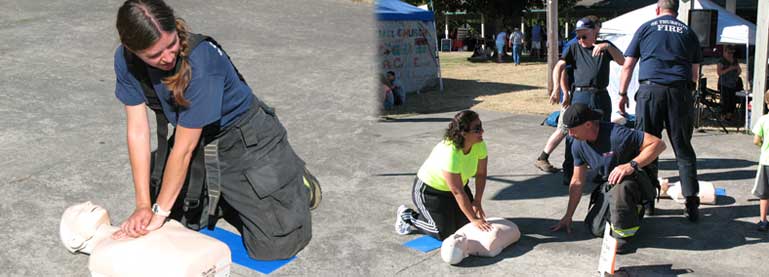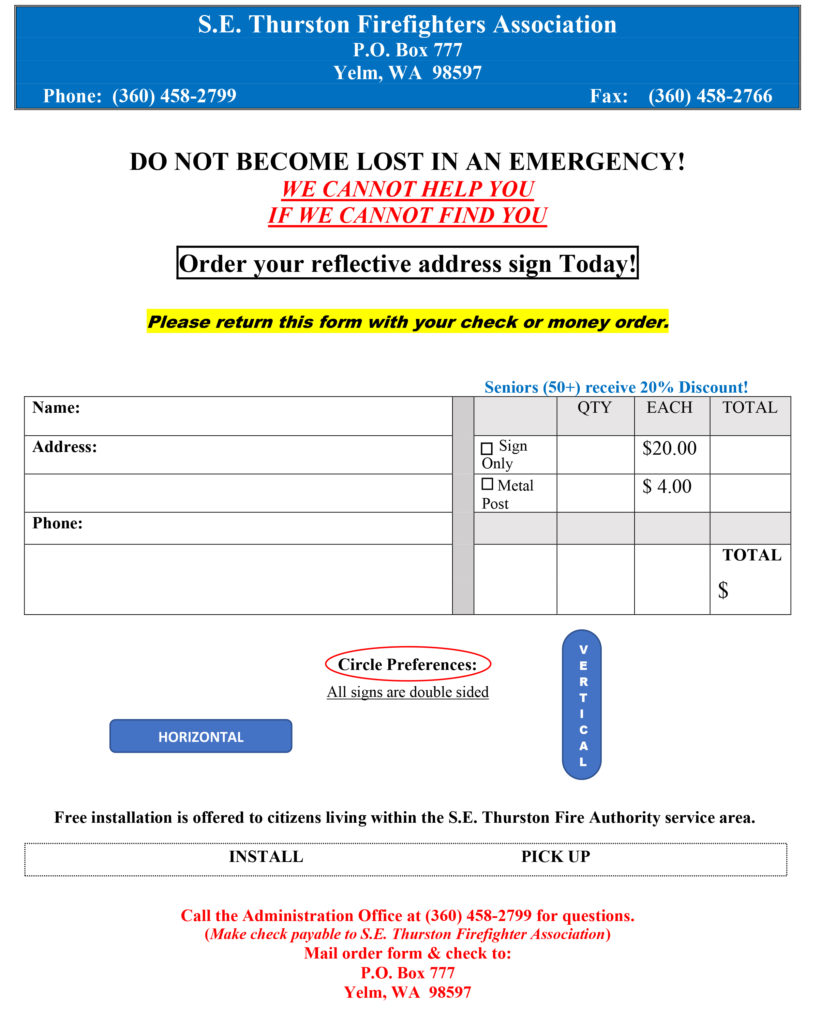Christmas is a fun, beautiful holiday. If you celebrate like most people, you probably decorated a tree. If so, did you get a real tree? Many families still decorate live trees for Christmas.
While this can add a fresh scent to your home, make sure you have yours set up safely. For example, did you make sure to keep it away from heat sources? How often do you add water? Daily watering is important to keep the tree from drying out too much.
For more tips on tree safety, check out this Christmas Tree Safety page.

